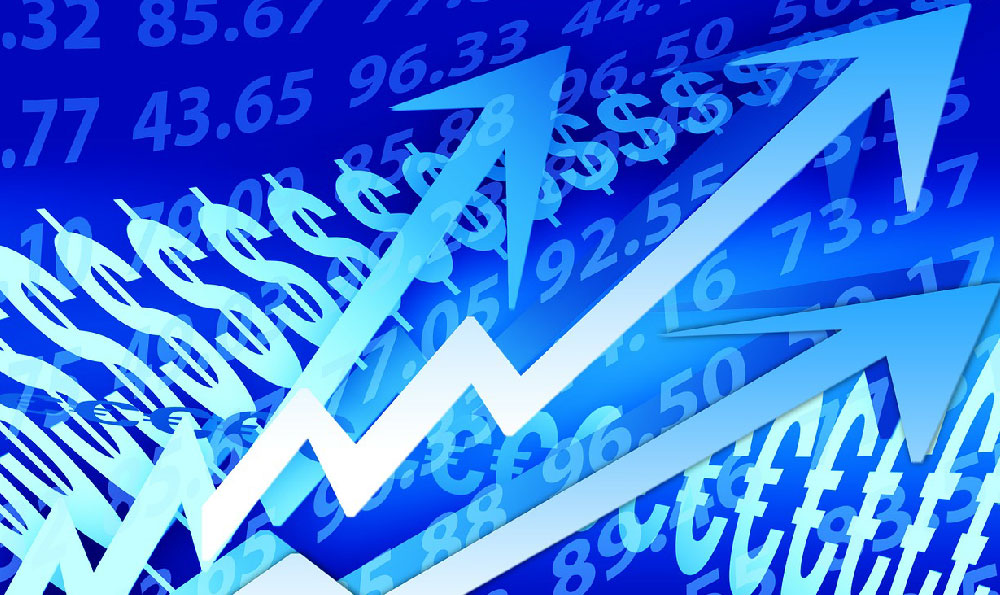When navigating the intricate world of digital marketing in China, particularly when focusing on platforms like QQ, understanding how to effectively track user interactions becomes paramount. Measuring the success of your campaigns, optimizing your strategies, and ultimately achieving your business goals hinges on accurate data collection. Within the context of QQlink, a fundamental question arises: Should you track clicks using a pixel or a direct link? Both approaches offer distinct advantages and disadvantages, and the optimal choice often depends on your specific objectives, technical capabilities, and tolerance for potential limitations.
Let's delve into the pixel-based tracking method first. A tracking pixel, essentially a tiny, transparent image embedded within a webpage or email, serves as a silent observer, recording when a user interacts with it. When a user clicks on a QQlink that leads to a landing page containing the pixel, the pixel fires, sending data back to your analytics platform. This data typically includes information about the user's visit, such as their IP address, browser type, operating system, and the time of the visit.
The primary advantage of pixel tracking lies in its ability to provide a more comprehensive view of the user journey. By placing pixels on various pages of your website, you can track users as they navigate through your content, gaining insights into their behavior, interests, and conversion paths. This allows you to understand which elements of your website are resonating with users and which areas need improvement. Furthermore, pixel tracking is generally considered more reliable than link tracking, especially when dealing with complex redirects or potential issues with link shortening services. Because the pixel fires directly from the user's browser, it's less susceptible to disruptions caused by intermediary servers or link masking.

However, pixel tracking also has its drawbacks. Implementing pixel tracking requires technical expertise and access to the backend of your website or landing page. You'll need to ensure that the pixel is correctly installed and configured to accurately capture the desired data. Furthermore, pixel tracking relies on users having images enabled in their browsers. If a user has disabled images or is using an ad blocker, the pixel may not fire, resulting in incomplete data. In the current landscape of heightened privacy concerns, more users are becoming aware of tracking technologies and are taking steps to limit their exposure. This can further impact the accuracy and completeness of pixel-based tracking.
Now, let's examine link-based tracking. This method involves embedding tracking parameters directly within the QQlink itself. These parameters, often referred to as UTM (Urchin Tracking Module) parameters, are appended to the end of the URL and provide information about the source, medium, campaign, and other relevant details. When a user clicks on the link, the tracking parameters are passed along to your analytics platform, allowing you to attribute the visit to the specific QQlink campaign.
The key advantage of link tracking is its simplicity and ease of implementation. You don't need to modify your website or install any additional code. Simply append the tracking parameters to your QQlink and you're ready to go. This makes link tracking a particularly attractive option for marketers who lack technical resources or who need to quickly track the performance of their QQlink campaigns. Furthermore, link tracking works regardless of whether the user has images enabled in their browser, making it a more robust solution in certain situations.
However, link tracking also has its limitations. One major drawback is the potential for link breakage or incorrect parameter configuration. If the link is accidentally modified or the tracking parameters are incorrectly formatted, the data may be inaccurate or incomplete. This can be particularly problematic when dealing with long or complex URLs. Furthermore, link tracking provides less granular data than pixel tracking. You can only track the initial click on the QQlink, but you won't be able to track the user's subsequent behavior on your website. This limits your ability to understand the full user journey and optimize your campaigns accordingly. Additionally, the inherent length of UTM-parametered links can appear cumbersome and untrustworthy to users, potentially reducing click-through rates. Link shortening services can mitigate this, but introduce another point of potential failure in the tracking process.
In conclusion, the choice between pixel tracking and link tracking for QQlinks depends on your specific needs and priorities. If you need to track the entire user journey, have the technical resources to implement pixel tracking, and are comfortable with the potential limitations of image blocking and privacy concerns, then pixel tracking is likely the better option. On the other hand, if you need a simple and easy-to-implement solution, are primarily interested in tracking initial clicks, and don't have the resources to implement pixel tracking, then link tracking may be a more suitable choice.
A hybrid approach, combining both pixel and link tracking, can often provide the most comprehensive and accurate data. By using link tracking to attribute the initial click to a specific QQlink campaign and then using pixel tracking to track the user's subsequent behavior on your website, you can gain a holistic understanding of the user journey and optimize your campaigns accordingly. Ultimately, the best approach is to carefully consider the advantages and disadvantages of each method and choose the one that best aligns with your specific objectives and resources. Thorough testing and consistent monitoring are crucial to ensure data accuracy and campaign effectiveness, regardless of the chosen tracking method. Remember also to be transparent with users about your tracking practices, in accordance with relevant privacy regulations and ethical marketing principles. Building trust with your audience is paramount for long-term success.












